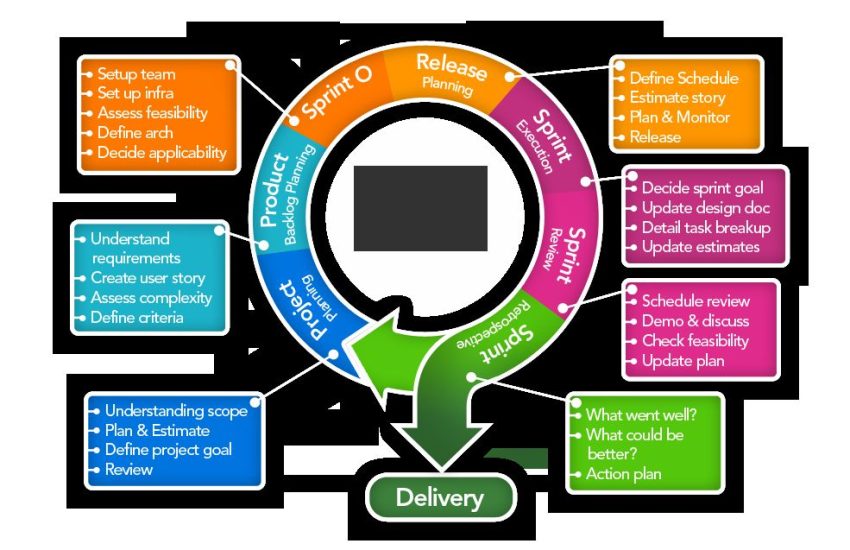Creating a Seamless Experience with Responsive Design
In today’s fast-paced digital world, having a responsive website is no longer just a nice-to-have – it’s a necessity. With more and more people accessing the internet on their smartphones and tablets, having a website that adapts to different screen sizes and resolutions is essential for providing a seamless user experience.
What is Responsive Design?
Responsive design is a web design approach that allows a website to adapt to different screen sizes and resolutions. This means that no matter what device a user is using to access your website – whether it’s a desktop computer, a smartphone, or a tablet – the site will adjust its layout and content to provide an optimal viewing experience.
The Benefits of Responsive Design
There are numerous benefits to adopting a responsive design approach for your website. Here are just a few:
Improved User Experience
By ensuring that your website looks and functions well on any device, you are providing a better user experience for your visitors. This can lead to increased engagement, lower bounce rates, and ultimately, higher conversion rates.
Increased Reach
With more and more people using mobile devices to access the internet, having a responsive website allows you to reach a larger audience. If your website is not mobile-friendly, you could be missing out on potential customers.
SEO Benefits
Responsive design can also have a positive impact on your search engine rankings. Google prioritizes mobile-friendly websites in its search results, so having a responsive website can help improve your visibility and drive more organic traffic to your site.
How to Create a Responsive Design
Creating a responsive website involves more than just making sure your site looks good on different devices. Here are some key steps to help you create a seamless experience with responsive design:
Use a Responsive Framework
One of the easiest ways to start building a responsive website is to use a responsive framework like Bootstrap or Foundation. These frameworks provide a set of pre-built code components that are designed to work well on any device, making it easier to create a responsive layout without starting from scratch.
Optimize Images and Videos
Large images and videos can slow down your website and hurt the user experience, especially on mobile devices with slower internet connections. Make sure to optimize your media files for the web by compressing them and using the correct file formats.
Test on Different Devices
Once you’ve created a responsive design for your website, it’s important to test it on different devices to ensure that it looks and functions as intended. You can use tools like BrowserStack or Responsive Design Checker to test your site on various screen sizes and resolutions.
Conclusion
In the tech industry, having a responsive website is crucial for providing a seamless user experience across all devices. By adopting responsive design principles and following best practices, you can ensure that your website looks and functions well on any screen size or resolution. So, don’t wait any longer – make your website responsive today and reap the benefits of a better user experience and improved search engine rankings.


